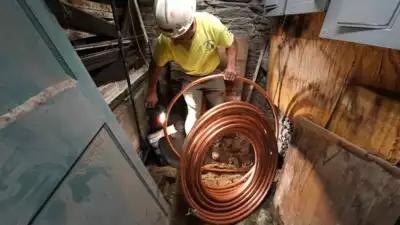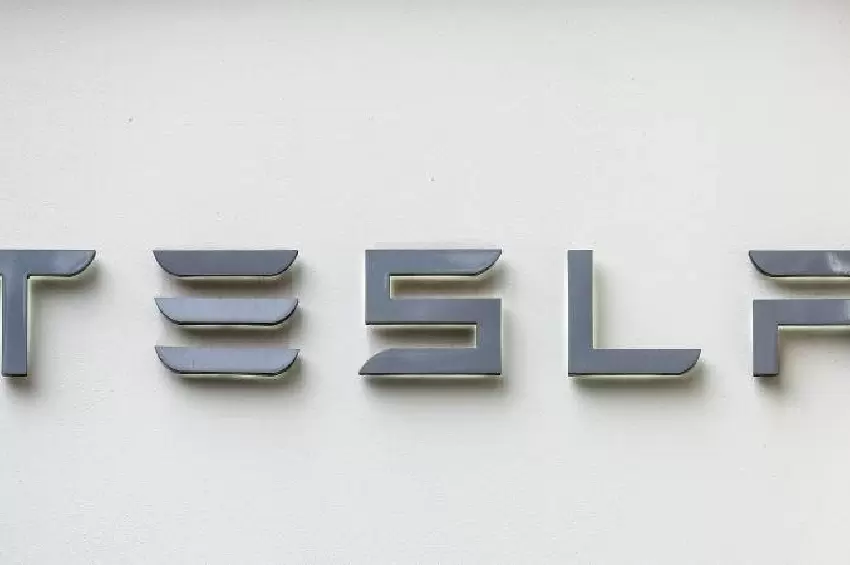India's Copper Demand Set for a Significant Rise
Driven by the booming clean energy sector and extensive infrastructure projects, India's demand for copper is projected to increase by approximately 7% in the near future. Industry leaders highlight the critical role of policy initiatives in fueling this growth.
Government Policies Fueling Growth
According to PHDCCI President Hemant Jain, initiatives such as the "Housing for All" program, national highway developments, and the transition towards renewable energy are key drivers behind the surging demand for copper. The government's supportive measures, including the Production-Linked Incentive (PLI) scheme and Atmanirbhar Bharat, are expected to attract significant private investments into the copper sector.
Addressing the Demand-Supply Gap
With India's refined copper production at about 555,000 tonnes annually against a domestic consumption of over 750,000 tonnes, the country relies heavily on imports to meet its needs. Experts warn that without increased local production, the demand-supply gap could widen further by 2030, making India more dependent on foreign sources.
Investments in Copper Production
Recognizing the strategic importance of copper in India's decarbonization efforts, major conglomerates like JSW Group, Aditya Birla Group, and Adani Group are investing heavily in expanding copper production capacities. These investments are not only aimed at bridging the demand-supply gap but also at aligning with national policies on energy transition and self-reliance.

Call to Revive Underutilized Plants
Industry experts are urging the government to maximize the output of existing copper plants to reduce import dependency. The closure of the Sterlite plant in Tuticorin has significantly impacted India's copper production capacity, underscoring the need for strategic interventions to boost local manufacturing.





Comments